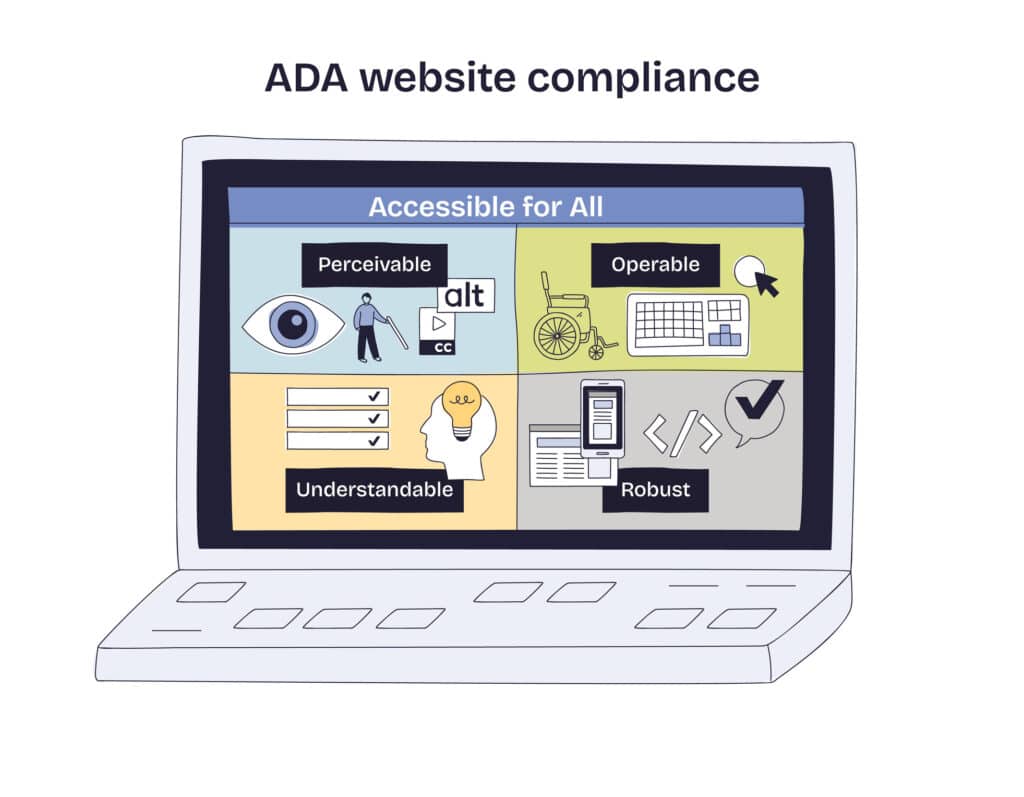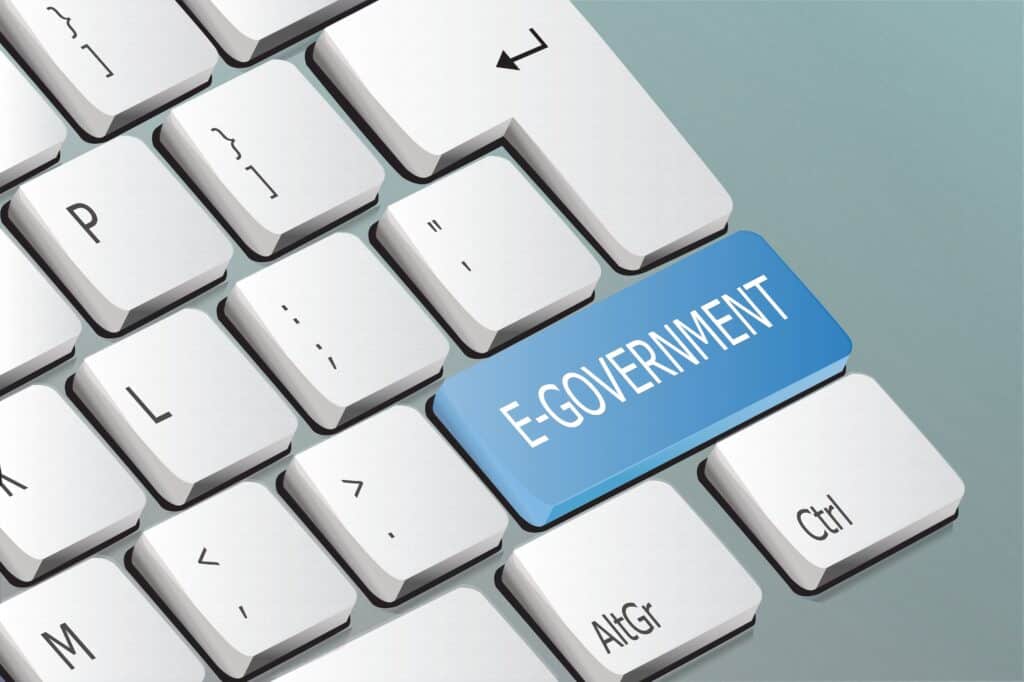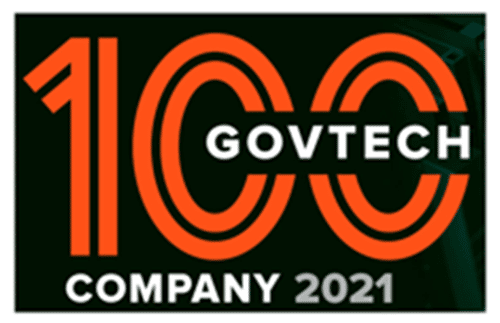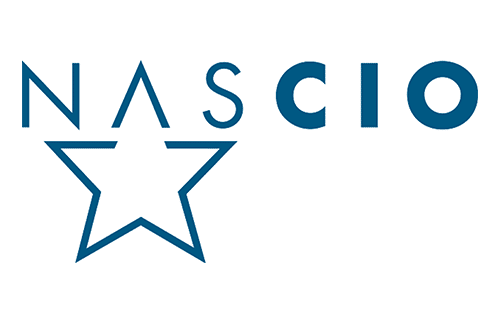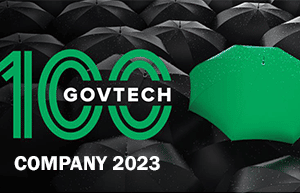By no means a recent technology, digital document automation has been used in private enterprises for the last 20 years. Fortunately, the public sector is increasingly adopting the technology to improve service delivery and operational processes.
But what exactly is document automation, and why is it crucial for governments of all sizes? This blog explores the concept and its significance in modernizing government processes.
Understanding Document Automation Basics
Document automation refers to the use of software to create, manage, and store documents with minimal human intervention. It involves the assembly of templates, predefined text, and data integration to automatically generate documents that are accurate, consistent, and compliant with regulatory standards.
Document automation handles a wide range of documents, from simple forms and letters to complex legal agreements, within a workflow automation platform. Integration with enterprise resource planning (ERP) systems, customer relationship management (CRM) platforms, and other software enhances process efficiency by automating data entry, validation, and updates across multiple systems.
The Basics of Transforming Document Delivery
Documents are at the foundation of the public sector. Composing, editing, and maintaining hundreds of thousands of applications, agreements, and memorandums is a laborious, time-consuming task. Document automation minimizes the administrative element of receiving and sending printed documents and PDF files in two ways:
1 – Templatizing Consistent Variables
Document elements that require consistent variables, such as names, addresses, and identification numbers, become templatized. Documents are organized so that certain elements or sections are customizable or replaceable, making it easier to reuse. Variables within documents like individual fields within forms or contracts can be configured to pull in data from ERP, CRM, HR, and other systems of record. For example, agencies can automatically populate parcel numbers, business names, and employee information into forms based on the name or email address entered by the end user.
2 – Automatically Inserting Standardized Text
By automatically inserting standardized text, such as boilerplates, legal terms, and contractual prerequisites, documents become consistent, easily replicable, and compliant. Predefined text can be tailored by department, geography, or other variables for scalability.
In many cases, entire documents don’t need to be built from scratch. For example, using standardized text blocks within documents is common in legal disclaimers and in the terms and conditions of federal grants. Consistent, approved language often has to be included—untouched or unchanged—within these documents for legal purposes. By automating document generation, government employees don’t have to copy and paste the same text into thousands of forms and agreements.
Alternatively, many standard documents repeat a majority of the same text fields, requiring minimal changes within each individual document. For example, templates for grant spending review or social worker client visit meeting agendas can relieve employees of having to create and edit new documents. In addition, new agreements, contract amendments, applications, and internal communications often reuse blocks of text.
What are the Benefits of Document Automation?
Stated simply, moving to digital document automation makes data more accurate and accessible, creating extensive benefits, which include:
- Savings Through Efficiency: Time and costs traditionally spent on manual document building, printing, emailing, and archiving are eliminated and replaced with the speed and throughput of automation.
- Visibility Through Digitization: After electronic documents are finalized, they can be saved into a system of record (e.g., document management). For example, one city’s standardization of its form libraries and integration with its document management is saving the city 2,000 hours each month.
- Improved Morale: Performing “busy” tasks (cut and paste, print and file, scan and save) doesn’t correspond with the experiences of private sector automation. Employees’ perceived value increases once they have the opportunity to contribute to meaningful, strategic activities.
- Data Accuracy: It’s human to make mistakes inputting data. Unfortunately, avoidable errors cause lengthy delays delivering critical benefits while people play detective to find incorrect information. Document automation eliminates manual document entry errors, resulting in higher precision.
- Risk Mitigation: Manual document processing raises concerns about data security and the risk of unauthorized access or loss of documents. A repository of auditable, secure, traceable documents facilitates compliance with today’s regulatory expectations by providing a clear record of who made changes and when.
- Customer Confidence: If citizens and contracted professionals have peace of mind that their information isn’t being mishandled, and their interaction with government is seamless and expeditious, everyone comes away satisfied.
Streamlining the way documents are assembled, distributed, processed, and stored helps agencies conduct their business with more speed, increased accuracy, less risk, and lower costs. Today’s no-code/low-code automation platforms will continue to empower non-technical uses to build and manage document workflows. Document automation is not just a technological upgrade; it’s an evolutionary improvement that enhances the way government operates and engages – internally and externally. With the future of document automation poised to be even more transformative, adoption in government has never been timelier.




